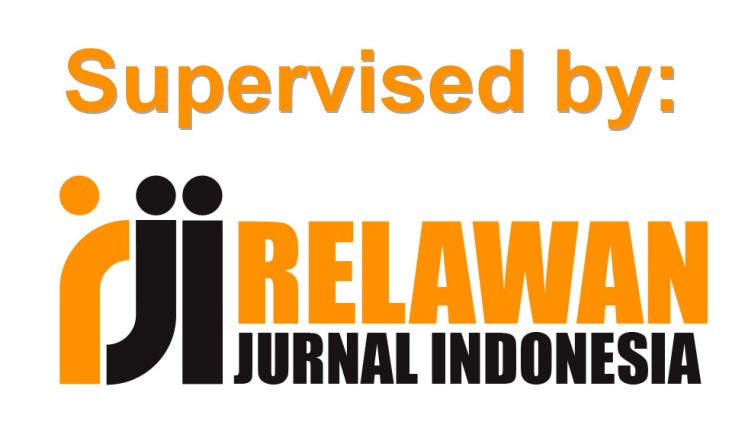Mapping Assistance For The Distribution Of Nine Food Staples To People Groups In Joglo Village Using K-Means Method
Abstract
There are so many people live in Joglo village. However, sometimes the government feel confuse to decide the distribution of staple necessities. The decision sometimes feel unfair dan get disappointing result because it is not appropriate to the real condition in certain family. The purpose of this study is to create model of mapping system for staple food assistance in Joglo village using the K-Means method. The method of this research use collecting data, modeling data using K-Means, Application Creation, Application Testing. There are some steps on collecting data, such as: observation, interview and literature case. The data came from the result of population census survey on 2020. Its used K-Means Method in data modelig stage. The data has been analyzed and modeled using the application of the K-Mean Method and the stage of making an application using PHP in accordance with the stage pattern in the K-Mean method, then application testing is carried out whether it is appropriate for the K-Means method modeller. Mapping system for staple food assistance in Joglo Village using the K-means method that has been made has alternative input data and criteria. The result of this study has reciever mapping food in Joglo Village forming 3 clusters. There are 21 people on the first cluster, 16 people on the second cluster, 13 people on the third cluster.
Keywords
Full Text:
PDFReferences
A. Damuri, U. Riyanto, and M. Aminudin, “Implementasi Data Mining dengan Algoritma Naïve Bayes Untuk Klasifikasi Kelayakan Penerima Bantuan Sembako,” JURIKOM (Jurnal Riset Komputer), 2021, [Online]. Available: https://www.ejurnal.stmik-budidarma.ac.id/index.php/jurikom/article/view/3655
K. P. Sinaga and M.-S. Yang, “Unsupervised K-Means Clustering Algorithm,” IEEE Access, vol. 8, pp. 80716–80727, 2020, doi: 10.1109/ACCESS.2020.2988796.
R. L. Parmawati, I. A. Prabowo, and T. Susyanto, “Clustering Potensi Susu Sapi Perah Di Kabupaten Boyolali Menggunakan Algoritma K-Means,” Jurnal Teknologi Informasi dan Komunikasi (TIKomSiN), vol. 7, no. 1, Jul. 2019, doi: 10.30646/tikomsin.v7i1.413.
O. Somantri, S. Wiyono, and D. Dairoh, “Metode K-Means untuk Optimasi Klasifikasi Tema Tugas Akhir Mahasiswa Menggunakan Support Vector Machine (SVM),” Scientific Journal of Informatics, vol. 3, no. 1, pp. 34–45, 2016.
I. A. Prabowo, H. Wijayanto, and S. A. Wantoro, “Application of K-Means Clustering to Monitoring the level of Fertilizer Usage in Rice Fields in Ngawi Regency,” Jurnal Teknologi Informasi dan Komunikasi, 2022, [Online]. Available: https://p3m.sinus.ac.id/jurnal/index.php/TIKomSiN/article/view/600
M. L. Sibuea and A. Safta, “Pemetaan Siswa Berprestasi Menggunakan Metode K-Means Clustring,” JURTEKSI (Jurnal Teknologi dan Sistem Informasi), 2017, [Online]. Available: https://jurnal.stmikroyal.ac.id/index.php/jurteksi/article/view/28
DOI: http://dx.doi.org/10.30646/tikomsin.v10i2.654
Refbacks
- There are currently no refbacks.
Editorial Office :
TIKomSiN : Jurnal Teknologi Informasi dan Komunikasi Sinar Nusantara
Published by STMIK Sinar Nusantara Surakarta
Address KH Samanhudi 84 - 86 Street, Laweyan Surakarta, Central Java, Indonesia
Postal Code: 57142, Phone & Fax: +62 271 716 500
Website: https://p3m.sinus.ac.id/jurnal/index.php/TIKomSiN
Email: tikomsin @ sinus.ac.id

This work is licensed under a Creative Commons Attribution-NonCommercial-ShareAlike 4.0 International License.










